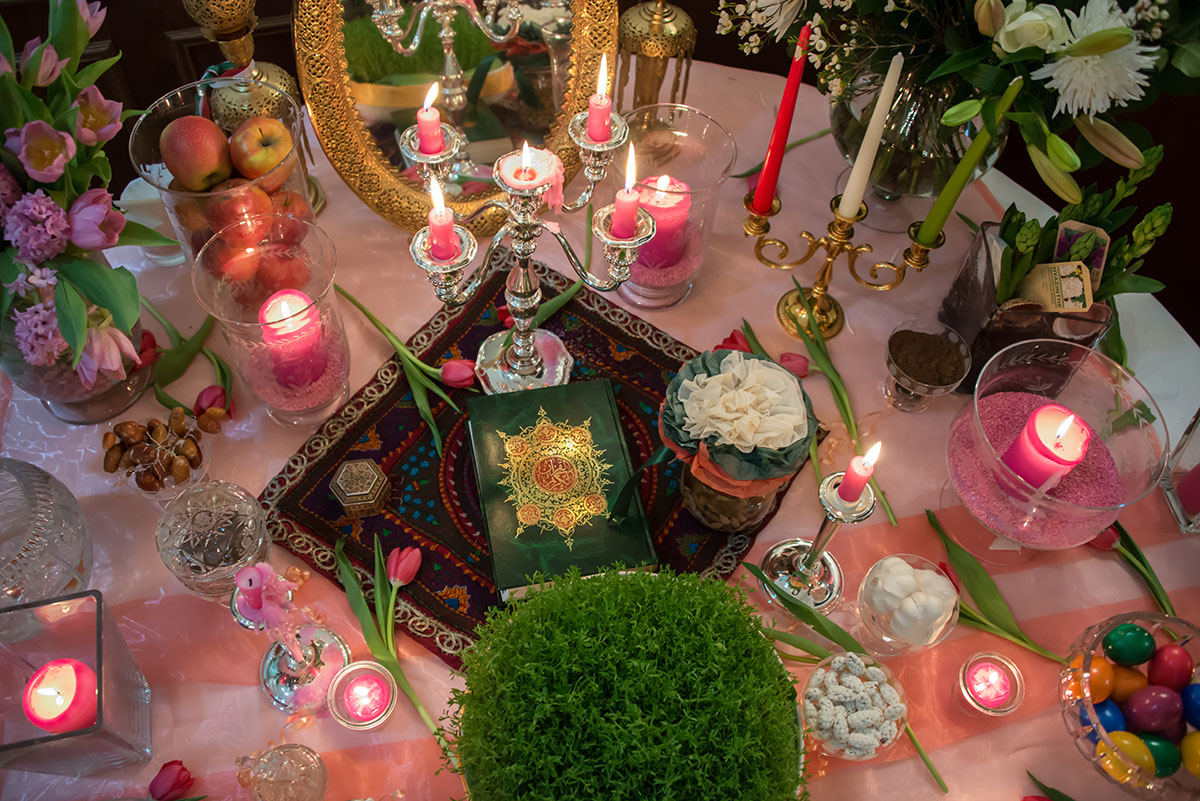In the Northern Hemisphere this year, March 19 is the date that officially marks the beginning of spring.
But for more than 300 million people around the world, it is also the beginning of a new year.
Nowruz, which translates into “New Day,” is the Persian new year and a celebration that’s rooted in history and culture.
With its origins dating back thousands of years, Nowruz marks the arrival of spring and symbolizes renewal and hope.
It’s a cherished cultural tradition with a fascinating history, exuberant rituals, joyous celebrations, and one that unites communities with hope and fresh beginnings.
The celebration has been inherited from the religions of Zoroastrianism and Mithraism. Thus, it has a Persian birth certificate and is referred to as a symbol of connecting Persian people and the nations of Persia.
It continues to be one of the holy days and religious holidays of Zoroastrians and Bahais, and is an official holiday in countries such as Tajikistan, Russia, Turkmenistan, India, Pakistan, Kyrgyzstan, Syria, Iraq, Georgia, Azerbaijan, Albania, China, and Uzbekistan. As a result, it has been registered by UNESCO on its list of the Intangible Cultural Heritages of Humanity.
Nowruz celebrations begin with the customs of Chaharshanbeh Suri. Practiced since ancient times, a custom of lighting a fire has been common in Iran, Azerbaijan and parts of Afghanistan on the last Wednesday of the year (the same Wednesday as Chaharshanbeh Suri).
Another tradition of Nowruz Eid in Iran is house cleaning, when household items and furniture are dusted, washed, and cleaned. The people of countries like Afghanistan and Tajikistan also follow this custom.
Lastly, in the history and customs of Nowruz Eid, seven items are spread around a table, with each one representing a blessing of life. This is known the Haft- Sin table.
The seven items of the Haft-Sin table include Sabzeh (wheat, barley, or lentil sprouts grown in a dish); Samanoo (a sweet pudding dish); Senjed (fruit from a lotus tree); Serkeh (vinegar); Seeb (an apple); Seer (garlic); and Somaq (sumac). All of the items are laid upon a special cloth, which is called a sofreh. Additionally, a mirror, candles, goldfish, and the Qur’an are also included on the table.
In all, Nowruz represents the strong and resilient character of the Persian-speaking world and the other cultures and nations who celebrate this holiday.
POURIA KARIMI ATTENDS UNIVERSITY HILL SECONDARY.
